Yamaha first began working to develop electric wheelchairs in 1989, searching for ways to use the company's distinctive technologies to help people with disabilities. Research and development on wheelchairs was eligible for subsidies and other forms of preferential treatment if authorized by the government, and this along with the goal of contributing to the public welfare underpinned development activities.
Yamaha's electric wheelchair products were packaged as units that could be mounted to manual wheelchairs, which users were already familiar with. The JW-I power unit was the first product developed based on this new approach. It was just 15 kilograms including the battery, so when mounted to a manual wheelchair, the combined weight was extremely light, less than 25 kilograms. Moreover, a wheelchair fitted with the JW-I could still be folded up, making it easy to carry and handle, which attracted substantial attention.
Conventional electric wheelchairs and 3-wheel electric scooters have the advantage of a long range, but because they weigh around 80 kilograms, they are problematic in terms of handling and transporting. Sales of the JW-I were launched in select areas in November 1995 and nationwide the following year in October 1996.
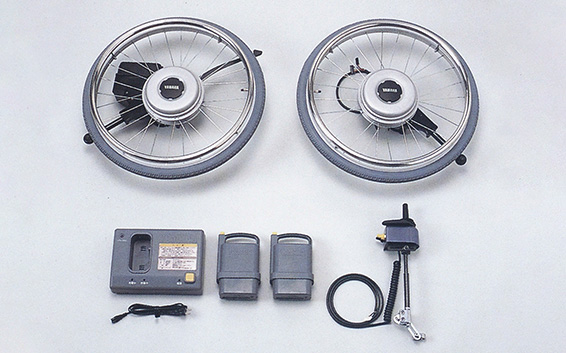
The JW-II power-assist unit was released in conjunction with the nationwide launch of the JW-I, as the next product in the series. The JW-II was a completely new type of unit. It provided electric power assistance but the wheelchair could be operated exactly the same way as a manual wheelchair. The Power Assist System developed for Yamaha's PAS electro-hybrid bicycle was applied to a manual wheelchair. The wheelchair would not move on electric power alone; rather, it had the same mechanism as PAS in which a motor assisted in rotating the wheels in line with amount of force applied by the wheelchair user on the hand rims. This enabled freedom of movement with the same operations as a manual wheelchair but without the need for excessive strength on sloped surfaces.
The JW-III electric wheelchair was put on the market in April 2000. It was designed to be easy to use, featuring a rotating seat that made it easy to get on and off, adjustable areas throughout, and a long range thanks to two dedicated batteries. Towny PAS, an attendant-controlled electro-hybrid wheelchair was also released in March 2001. Its power-assist unit reduced the amount of strength needed by the person pushing the chair, making it a novel product that helped attendants.
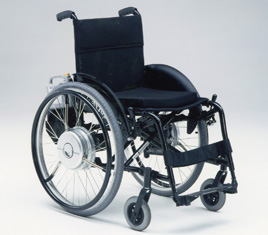

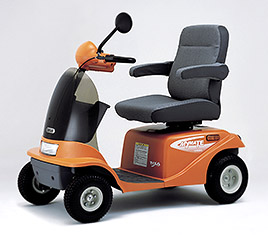
While broadly developing welfare-related products like these, Yamaha also volunteered to develop a competition chair ski to support people with disabilities participating in sports. The chair ski Yamaha developed performed well at the Nagano Winter Paralympics in 1998, taking a total of five medals, including two golds. A new model was introduced for the Salt Lake City Winter Paralympics in 2002, and Yamaha continues to provide active support for athletes with disabilities.
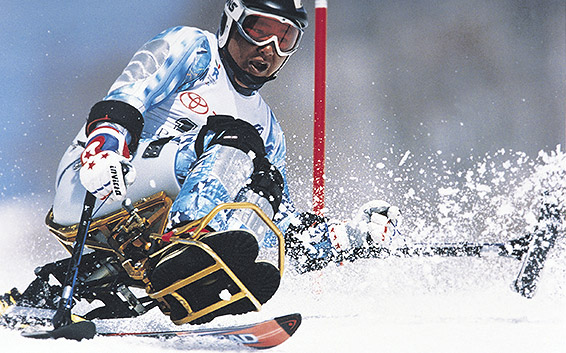
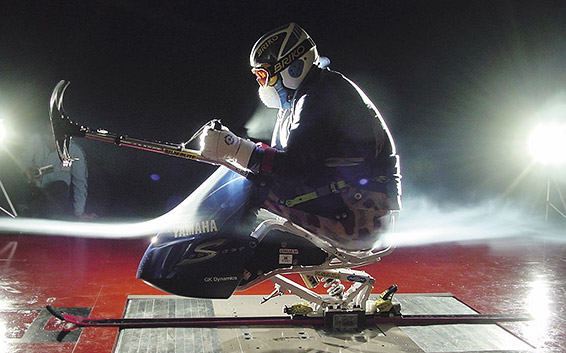
.










